"Bruyère De Falaise, After Alphonse Mucha"
Around 1930, Signed lower left J. Ollat, pyrography inscription on the back Mucha La Topaze It was in the fall of 1887 that the floral Mucha, then aged twenty-seven, decided to perfect his artistic honey alongside the group des Nabis, within the French capital. Disciples of Paul Gauguin, whom they consider as the new Messiah of art, the Nabis are above all young symbolist painters passionate about esotericism and spirituality. This gang of five, formed in 1888 at the Académie Julian in Paris, is made up of Maurice Denis, Paul Séruriser, Pierre Bonnard, Paul-Élie Ranson and Edouard Vuillard. They baptized themselves the Nabis (The Prophets in Hebrew), a term illustrating their quest for spirituality and aesthetic renewal advocating a return to the imagination and subjectivity. Mucha therefore enrolled at the Académie Julian and quickly joined the group of Slavic artists in Paris. It was thanks to one of them, Polish, Wladislaw Slewinski, that he met Gauguin in 1891, before his departure for Tahiti. “He knows how to tell the story of the sea splendidly.” The Czech artist is very impressed by the charisma and verve with which Gauguin transmits his passionate and singular vision of art: “He knew how to speak about art with great clarity. He explained to us his relationship to nature. He also brought along some of his paintings and drawings, all of them extraordinary in execution and color. Mucha, from then on introduced into this bohemian and folkloric circle, met the very scintillating Sarah Bernhardt. The alchemy works immediately: the poster he produces for the promotion of his show Gismonda is a real success. So at the height of her glory, the creative muse was indeed very attentive to her artistic image. Divinely represented on a silver background with soft pastel tones, the tragedienne is won over by the sensuality and modernity with which Alfons Mucha drapes her. Having become accomplices in art and soul, in 1902 Sarah welcomed Alfons alongside the symbolist painter Georges Clairin, inviting them to stay in his fantastic military residence located in Belle-Ile-en-Mer. Mucha, carried away by the magic of the place, produced a small watercolor representing a Young Breton woman by the sea, which served as a support for the creation of the Bruyère de Falaise decorative panel. If Brittany benefits at the end of the century from a very powerful magical aura, linked to the dissemination of numerous medieval epics in which Celtic reverie mixes with national romantic preludes, Alfons Mucha remains one of the artists most interested in to the study of Finistère lace and ornaments. Ill. Alfons Mucha, Young Breton Girl by the Sea, circa 1900, watercolor on paper, 16 x 32 cm, Mucha Trust. Our oil on wood, painted in the wake of Mucha, reinterprets the decorative panel at Les Bruyères. We find there indeed the same young woman in profile with closed eyes wearing the white headdress and the traditional Breton black costume. The bouquet of purple heather is here replaced by a bouquet of seaweed. This graceful Breton icon with assertive features stands out from a landscape with an impressionistic and fiery touch, with shimmering reflections of pink, bluish and silvery notes on which sailboat and ship sail. The tumultuous atmosphere of the sea spray gives the work a more melancholy, deep and tormented dimension than the original poster. Ill. Decorative panel: Bruyère de Falaise, 1902. Lithograph, 75 x 36 cm. GOAP Gallery, Prague. 








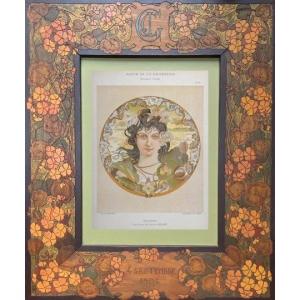
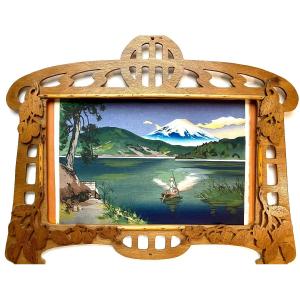
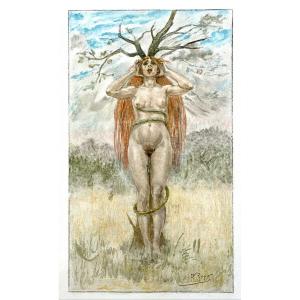

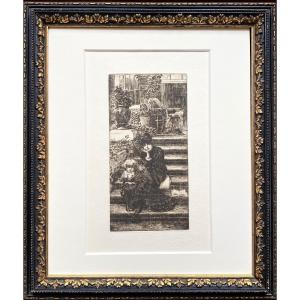
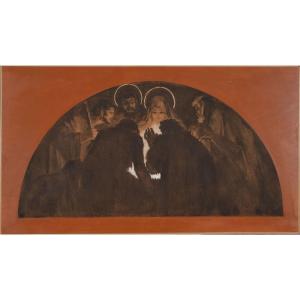

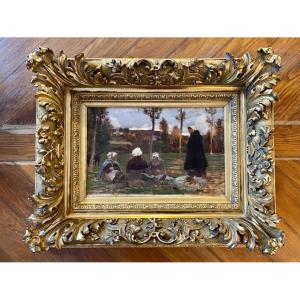
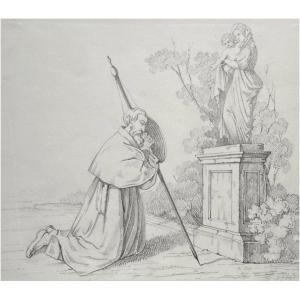
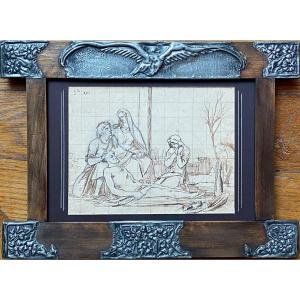
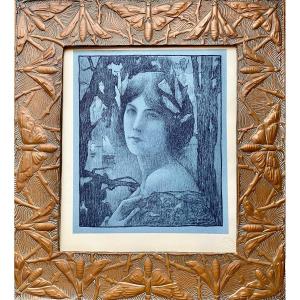
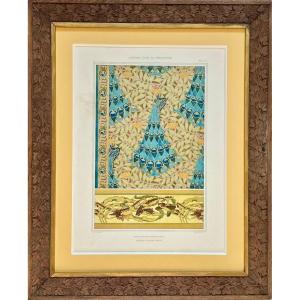
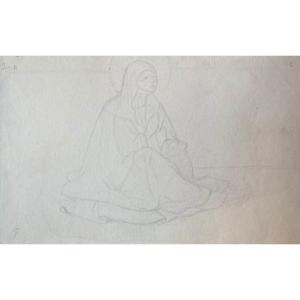

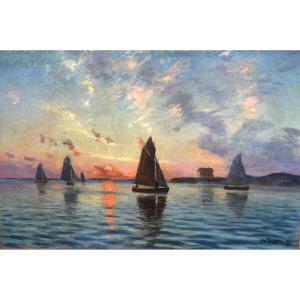
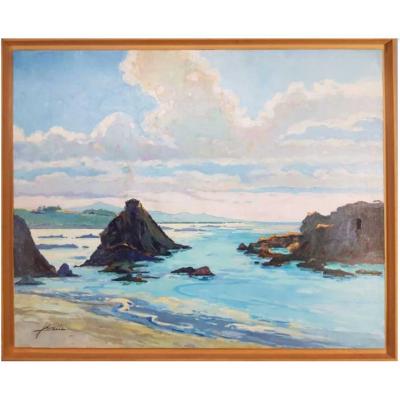
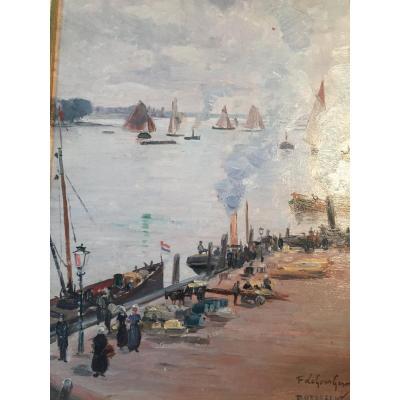






 Le Magazine
Le Magazine Rivista Artiquariato
Rivista Artiquariato TRÉSORS magazine
TRÉSORS magazine